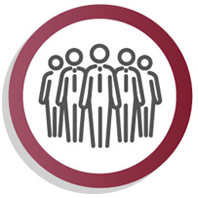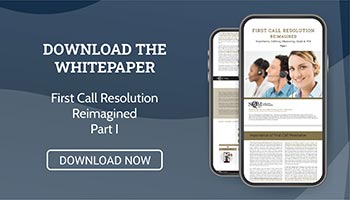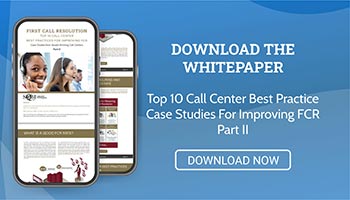Call Center Best Practices for Improving FCR
The top 10 call center best practices for improving First Call Resolution (FCR) are based on our customer and employee FCR research. Based on benchmarking leading North American call centers, we identified organizations with best practices that helped them deliver world-class or significantly improved their First Call Resolution rate. SQM conducted site visits with most of those call centers used in this Whitepaper to validate that their practices have a proven track record for improving FCR or maintaining world-class FCR performance.
What makes SQM’s identification of the top 10 call center best practices for improving FCR unique is that the Voice of the Customer (VoC) FCR, customer satisfaction (Csat), and employee satisfaction (Esat) results are used to determine if it is a best practice. The below figure shows the Top 10 Call Center Best Practices for Improving FCR.

The Top 10 FCR Best Practices for Improving FCR focus on people, process, and technology practices controlled by the call center function. The reason for this approach is that our experience shows that, in most cases, when FCR improves, the improvement comes from functions the call center owns. SQM’s research shows that the source of error (SoE) for non-FCR calls is due to the agent 38% of the time, the customer 13%, and the organization 49%.
Furthermore, our research shows that most FCR improvement comes from reducing agent and customer SoE. The quickest way to improve FCR for call centers is to reduce agent SoE. We have clients who have experienced FCR improvement due to reducing the organizational SoEs, but this FCR improvement approach tends to be the exception and not the rule. Also, when FCR improvement comes from lowering organizational SoE, it takes a long time in most cases.
However, given that the organizational SoE is 49% for non-FCR calls, it is essential to collaborate with other functions to identify the FCR failure points and develop the necessary action plans to improve. If your call center is looking for quick wins, in most cases, it is better to focus on agent and customer SoE opportunities and then organizational SoE opportunities.
This section shows high-level details of the Top 10 Call Center FCR Best Practices for Improving FCR. The best practice list is not ranked by importance. The importance of the best practices varies depending on the call center’s performance and needs. The call center leaders from leading North American companies wrote the best practices in this Whitepaper. In most cases, SQM verified the top 10 best practice results by conducting site visits and FCR research studies. The following is a list of SQM client’s top 10 FCR best practice case studies:
Top 10 FCR Best Practice Case Studies
1. FCR Measurement
Blue Cross Blue Shield of Massachusetts treats FCR as more than just a metric; FCR is an operating philosophy. They have incorporated the "FCR operating philosophy" into their core people, processes, and technology operating practices to ensure that they are focused on FCR accountability and delivering FCR to their members.
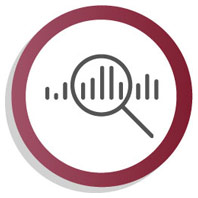
2. Desktop Applications
Comcast consolidated more than 20 unique desktop applications into one universal employee application that would be consistent, simple, smart, and agents would love to use it every day. They call their desktop application Einstein.
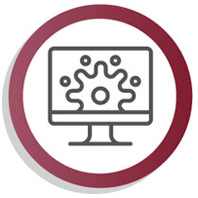
3. Agent Recognition
Regence BlueCross BlueShield has a Service Hero program that is their most successful and longest-running employee recognition program. The Service Hero program recognizes agents that provide exemplary service.
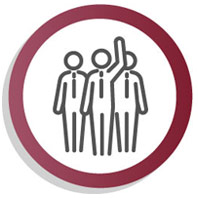
4. Customer Quality Assurance (CQA)
407 ETR agents have a holistic view of customer experience because the CQA evaluation form embeds customer survey and call compliance results. For the same call, agents are accountable for customer survey and call compliance results.
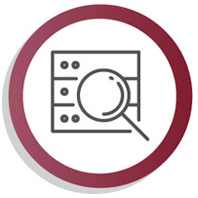
5. Call Handling
Canadian Tire Financial Services uses Chordiant, TSYS technology systems, and skill-based routing to ensure calls are routed to the right agents. The Interactive Voice Response system (IVR) takes care of most customer inquiries without transferring to the agent, such as account balance inquiry, minimum payment due, and card activation. CRCC has a proven 70% customer fulfillment rate within the IVR.
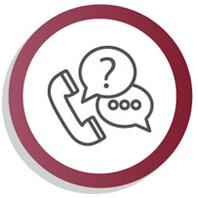
6. Escalation Agent Support
Blue Cross Blue Shield of Massachusetts uses a Service Solutions Line to handle escalated calls. Escalation call tracking identifies which agents called and why, allowing them to identify training opportunities at both the individual agent and department levels.
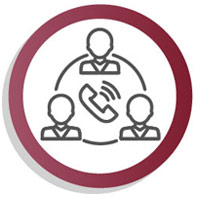
7. Performance Management System
Scotia iTRADE VoC results (e.g., Csat, FCR world-class calls, etc.) are the primary metrics used for measuring performance at all levels throughout the call center. Agent performance appraisals, compensation, and improvement plans are based on VoC results.
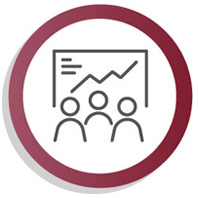
8. Agent Coaching
Mr. Cooper uses a coach-the-coach approach. They use a coaching feedback grading form to evaluate and score their coaches' effectiveness by rating them on very specific criteria. The coaches are observed by their VP weekly and given a score of 0%-100%.
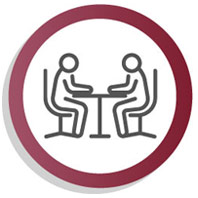
9. Agent Training
Premera Blue Cross agents attend a call resolution training workshop. Agents receive feedback based on VoC surveys. After each agent reviews their VoC results, they meet with other agents to discuss what they have learned and then develop a call resolution improvement plan.
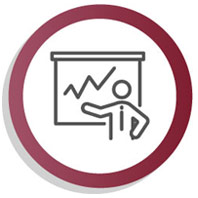
10. Agent Selection
Canadian Tire Financial Services management prides itself on hiring the best Agent candidates who fit their culture and provide excellent customer experience. Cultural fit is key to a candidate's success, and the effect on FCR and Csat can be directly linked to this fit. Their average agent tenure is 12 years, and a high percentage of them are certified as world-class FCR performers.
